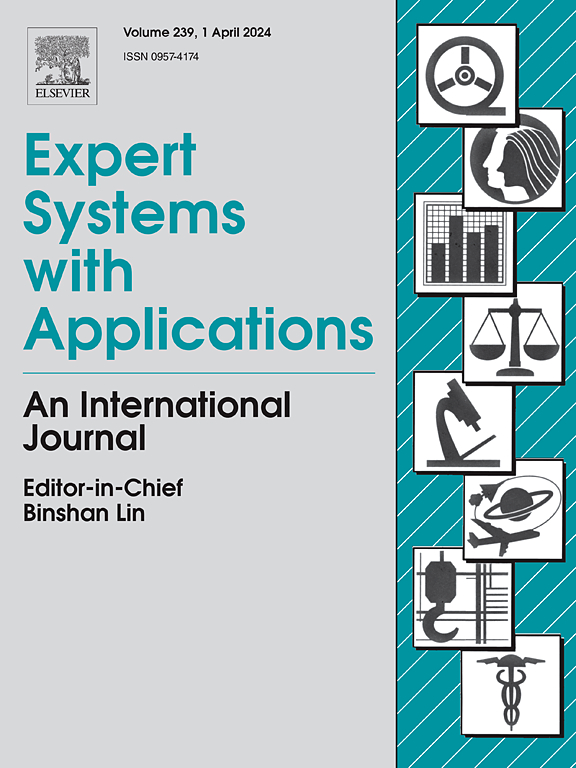通过去噪扩散和组件级细粒度样式生成少量字体
IF 7.5
1区 计算机科学
Q1 COMPUTER SCIENCE, ARTIFICIAL INTELLIGENCE
引用次数: 0
摘要
Few-shot字体生成旨在使用少量样式示例创建新字体。由于人工成本的显著降低,它越来越受到关注。现有的方法依赖于基于gan的图像到图像风格转换框架,这种方法容易导致训练崩溃,并且难以保持字符内容和风格之间的一致性。此外,它们只捕获全局风格,而忽略了基本点、成分和笔画的细粒度特征。为了解决这些挑战,我们提出了一种基于扩散模型的图像到图像字体生成方法。我们充分考虑了内容字形和引用字形之间的组件样式,通过多字符样式聚合模块为内容字形分配合适的细粒度样式。此外,为了在去噪迭代过程中更好地保持字符结构的完整性,我们提出利用偏移增强的多头注意机制。该机制自适应采样并将多尺度字形内容特征嵌入到扩散模型中。综合实验表明,该方法在定性和定量上都优于现有的字体生成方法。本文章由计算机程序翻译,如有差异,请以英文原文为准。
Few-shot font generation via denoising diffusion and component-level fine-grained style
Few-shot font generation aims to create new fonts using a small number of style examples. It is increasingly gaining attention due to its significant reduction in labor costs. Existing methods rely on GAN-based image-to-image style-transfer frameworks, which are prone to training collapse and struggle to maintain consistency between character content and style. Moreover, they capture only the global style while overlooking fine-grained features of radicals, components, and strokes. To address these challenges, we propose a diffusion model-based image-to-image font generation method.We fully consider the component styles between content glyphs and reference glyphs, assigning appropriate fine-grained styles to content glyphs through a multi-character style aggregation module. Additionally, in order to better preserve the integrity of character structures during the denoising iteration process, we propose leveraging an offset-enhanced multi-head attention mechanism. This mechanism adaptively samples and embeds multi-scale glyph content features into the diffusion model. Comprehensive experiments demonstrate that our method outperforms existing font generation methods both qualitatively and quantitatively.
求助全文
通过发布文献求助,成功后即可免费获取论文全文。
去求助
来源期刊

Expert Systems with Applications
工程技术-工程:电子与电气
CiteScore
13.80
自引率
10.60%
发文量
2045
审稿时长
8.7 months
期刊介绍:
Expert Systems With Applications is an international journal dedicated to the exchange of information on expert and intelligent systems used globally in industry, government, and universities. The journal emphasizes original papers covering the design, development, testing, implementation, and management of these systems, offering practical guidelines. It spans various sectors such as finance, engineering, marketing, law, project management, information management, medicine, and more. The journal also welcomes papers on multi-agent systems, knowledge management, neural networks, knowledge discovery, data mining, and other related areas, excluding applications to military/defense systems.
 求助内容:
求助内容: 应助结果提醒方式:
应助结果提醒方式:


